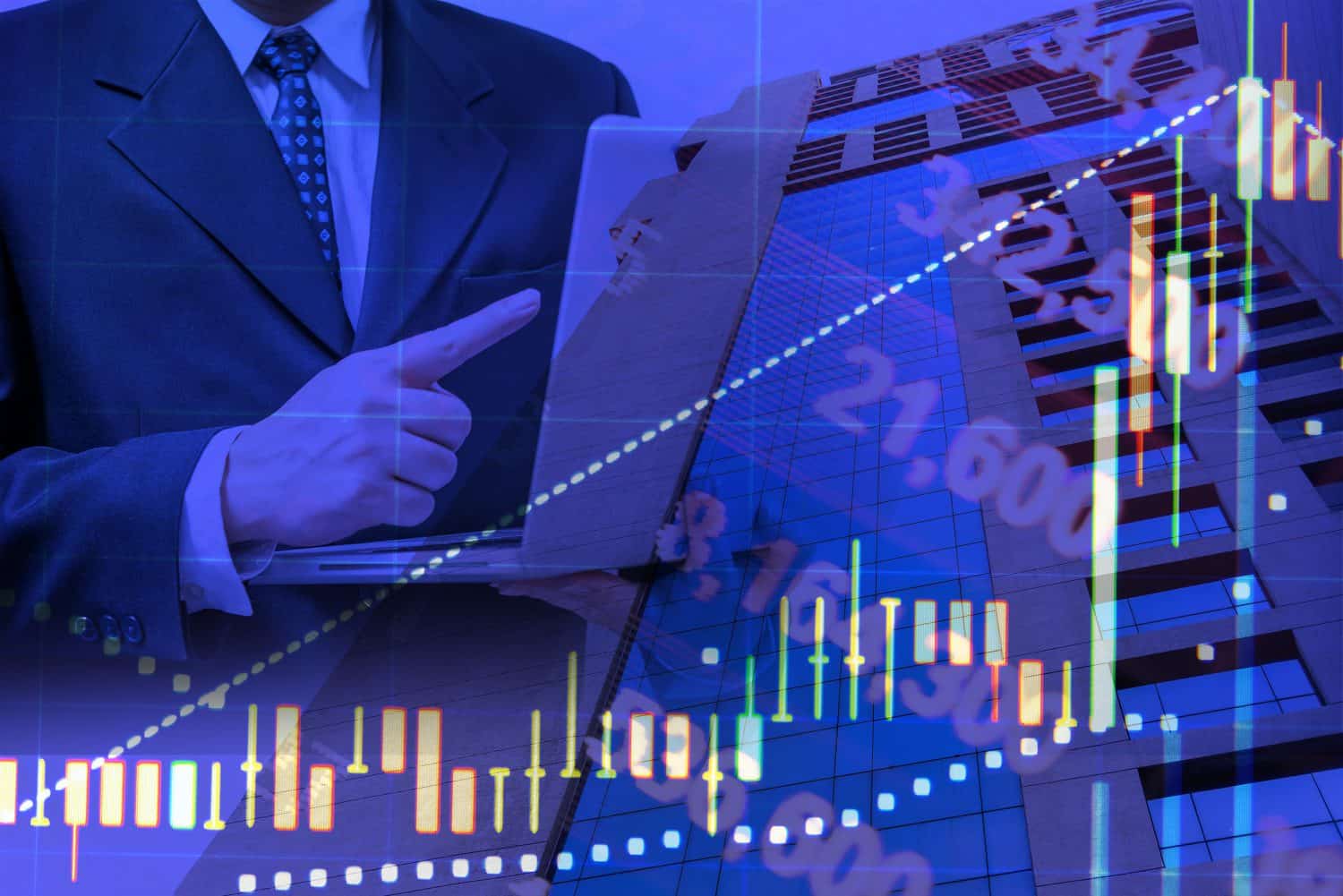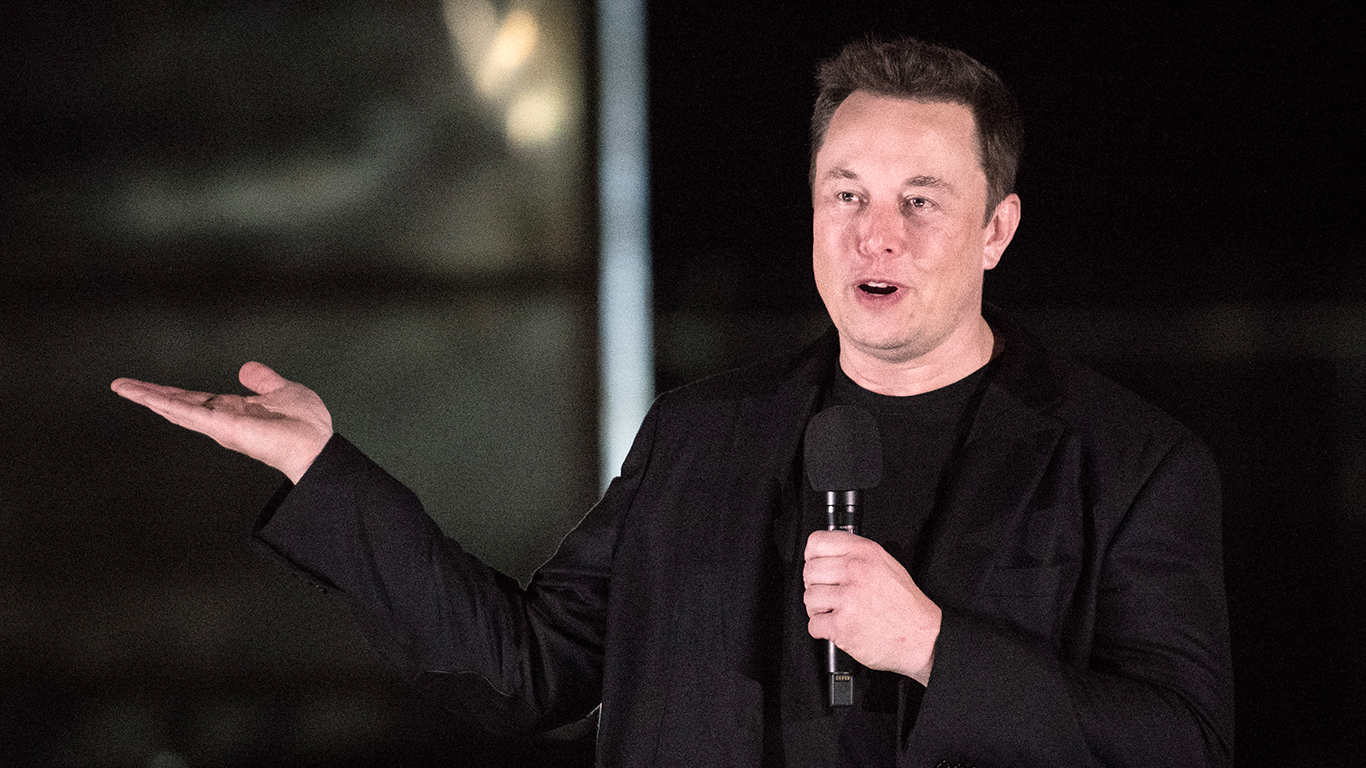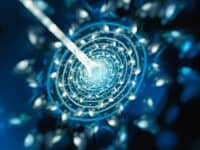
24/7 Wall St. Insights
- Options offer exponential leverage for trading in the markets but carry commensurate risk.
- “Outcome” ETFs are an entire subcategory of ETFs that utilize different types of option strategies that have arisen over the past few years.
- While yields from Outcome ETFs can be a hefty double digits under the right market volatility conditions, management fees are also proportionately higher.
- Dividends are the purist form of Passive income, which is why we are giving our best dividend-paying stocks to readers of 24/7 Wall Street. Just click here for a free report on two high-dividend stocks.
In the film Wall Street, corporate raider Gordon Gekko (Michael Douglas) commits insider trading based on info from young stockbroker Bud Fox (Charlie Sheen) by placing the following order: “Buy 1500 July 50 calls. Start buying 1000 share blocks and take it up to 50 dollars. When it reaches 50, give a little taste to your friends. Then call the Wall Street chronicle and tell them Blue Horseshoe loves Anacott Steel.”
The order Gekko places is for call options. Each option is equal to 100 shares, so in this case, the option part of the order is equivalent to 150,000 shares. As the strike price is under $50, the options are what is termed “out of the money”, so probably only cost perhaps $250 each. Therefore, perhaps $375,000 total, vs. if the price was at $45, which would be $6.75 million.
Options: More Than Trade Speculation

Options and futures are an area of the capital markets that exponentially increases the upside potential of a trade, but commensurately increases risk as well. The entire value of the option can end up worthless if its strike price is above the underlying stock price for calls, or below it for puts by expiration date (usually the third Friday of the designated month).
However, options have a number of other uses besides leveraged trade speculation. Much literature has been written by option strategists who utilize options for hedging, income enhancement, and other fund management tactics. These techniques are often applied in commodity futures, foreign exchange, interest rate swaps, and with ETFs.
Option Strategies With ETFs

Exchange Traded Funds (ETF)s have been covered numerous times in different capacities in past 24/7 Wall Street articles. Akin to mutual funds, they usually are designed to be representative of specific indexes that track different groupings within the capital markets. For investors seeking to allocate funds to ride a particular index’s returns, the ETF is the preferred vehicle of choice.
Innovative fund managers have developed a number of option related strategies that have become handy tools to better realize particular management objectives in the ETF arena. These ETFs have emerged and grown into a subcategory that has been dubbed “Outcome” ETFs. As an example of their expansion rate, 67 new Outcome ETFs launched in 2023 alone. Some Outcome ETFs have commenced focusing on specific non-indexed groups of stocks in the tech sector, such as AI, or even in specific stocks, such as AMD.
Five general strategies from Outcome or Buffer ETFs have emerged over the past few years:
Covered Call Income Enhancement

This strategy is by far the most popular and prevalent among Outcome ETFs. The fund engages in a monthly practice of writing out of the money calls that expire worthless a majority of the time. The premium collected from the options boosts the ETF’s monthly dividend return above the gain made by tracking the underlying index. The fund runs a risk of having to buy back the options if the index unexpectedly runs up past the strike price to become at or in the money before expiration date. The fund may also utilize selling put options in bullish strategies. In the case of volatile Magnificent 7 stocks like Nvidia, dedicated ETFs that use option strategies but are cheaper per share than even Nvidia’s post-split price often generate superior monthly returns, thanks to aggressive option strategies.
Some popular examples of Outcome ETFs focused on higher income include:
- The S&P 500 Enhanced Options Income ETF (NYSE: JEPY)
- Global X NASDAQ 100 Covered Call ETF (NASDAQ: QYLD)
- YieldMax AI Option Income Strategy ETF (NYSE: AIYY)
Tail Risk ETFs

These ETFs essentially track the underlying index but maintain hedging positions. These take the form of deep out of the money puts as protection against a sudden market sell-off or a crash, such as recently seen with the early August market sell-off.
Some examples would be the Global X S&P 500 Tail Risk ETF (NYSE: XTR) and Pro Shares VIX Short Term Futures ETF (CBOE: VIXY).
Collar ETFs

In order to address demands for reduced market volatility, Equities combined with put-spread collars have become a popular method to create more conservative, lower volatility investments. Collar ETFs have been named for their deployment of a ladder of collars that expire over 3 sequential months, seeking to create a hedged equity experience. The put spreads usually involve two different strike prices of puts or being long on a put while selling a call option.
An example of a Collar ETF would be the Simplify Hedged Equity ETF (NYSE: HEQT).
Risk Managed Income ETFs

In another use of option spread strategies, a Risk Managed Income ETF acquires out of the money puts and sells at the money calls. The ETF earns the difference between the premium from the sale of the calls vs the cost of buying the puts. An example of a Risk Managed Income ETF would be the Global X NASDAQ 100 Risk Managed Income ETF (NASDAQ: QRMI).
Buffer ETFs

A blended twist of the enhanced income and the risk managed income ETFs is the Buffer ETF. Based on a 12-month defined range, Buffer ETFs add a risk mitigation component to their options strategy to better address investor concerns and by deploying options to protect against a fixed percentage of downside. A different ETF is offered for each month’s commencement with risk mitigation between 9-20% downside against an index sell-off.
For example, PGIM offers a 12% buffer ETF series, the PGIM US Large Cap Buffer 12 ETF August (CBOE: AUGP), and the 20% PGIM US Large Cap Buffer 20 ETF August (CBOE: PBAU).
Asset management leviathan BlackRock offers three different Buffer ETFs:
- iShares Large Cap Max Buffer Jun ETF (CBOE: MAXJ)
- iShares Large Cap Deep Buffer ETF (CBOE: IVVB)
- iShares Large Cap Moderate Buffer ETF (CBOE: IVVM)
All 3 are new, and are dated as for July 31, 2024.
Pros and Cons

Depending on how aggressive the Outcome ETF is, some of the returns can equate to impressive double digit yields, with some as high as the 20-30% range. These figures can be generated provided the market volatility is sufficient to warrant the fatter premiums from selling calls.
Conversely, the management fees for such high-pressure activity and monitoring are proportionately higher as well, with some fees quadrupling those of passive ETFs.
It’s Your Money, Your Future—Own It (sponsor)
Retirement can be daunting, but it doesn’t need to be.
Imagine having an expert in your corner to help you with your financial goals. Someone to help you determine if you’re ahead, behind, or right on track. With SmartAsset, that’s not just a dream—it’s reality. This free tool connects you with pre-screened financial advisors who work in your best interests. It’s quick, it’s easy, so take the leap today and start planning smarter!
Don’t waste another minute; get started right here and help your retirement dreams become a retirement reality.
Thank you for reading! Have some feedback for us?
Contact the 24/7 Wall St. editorial team.





